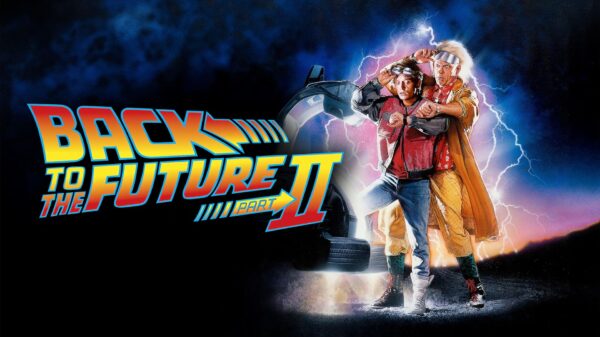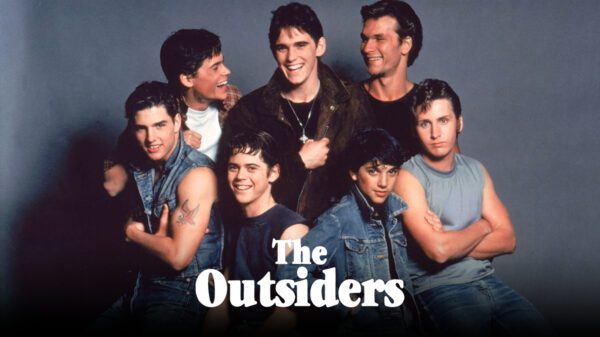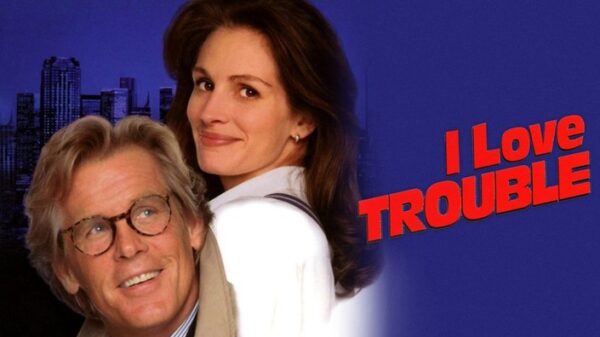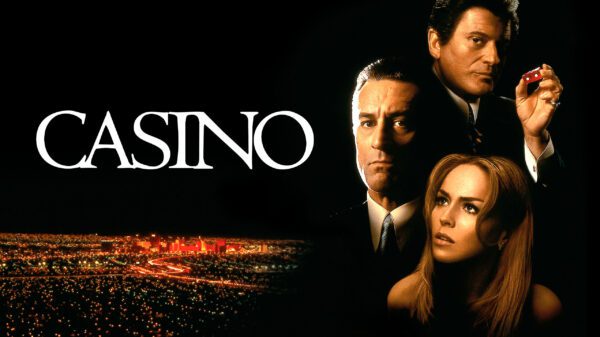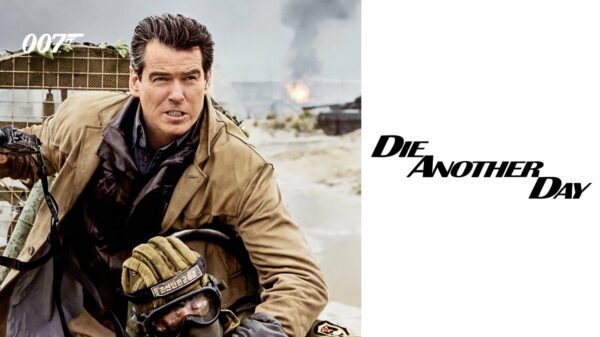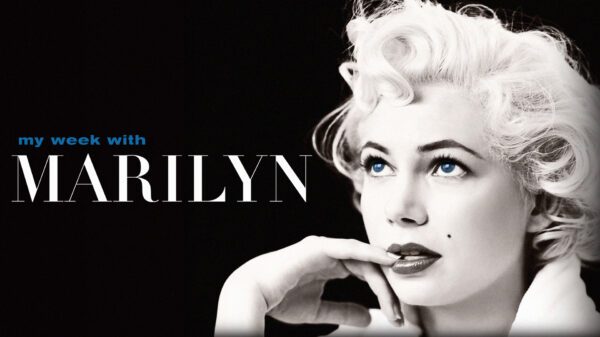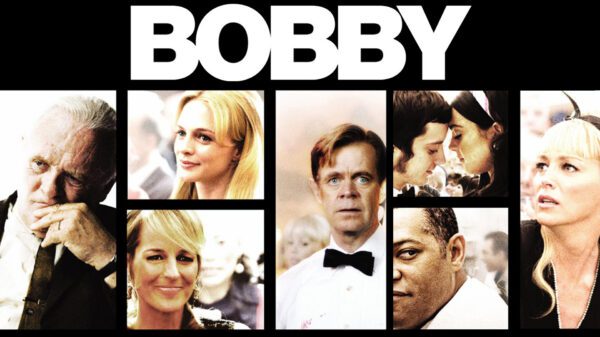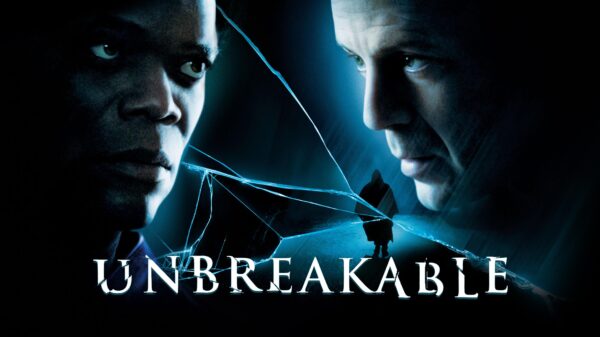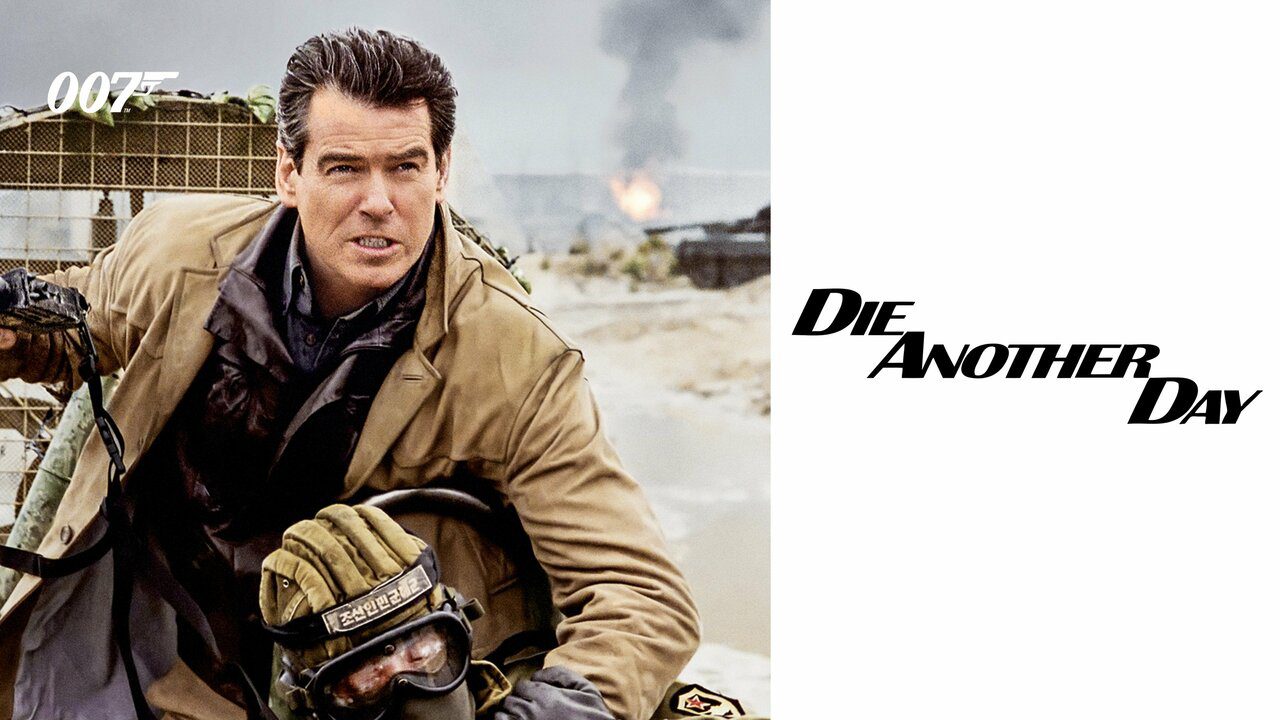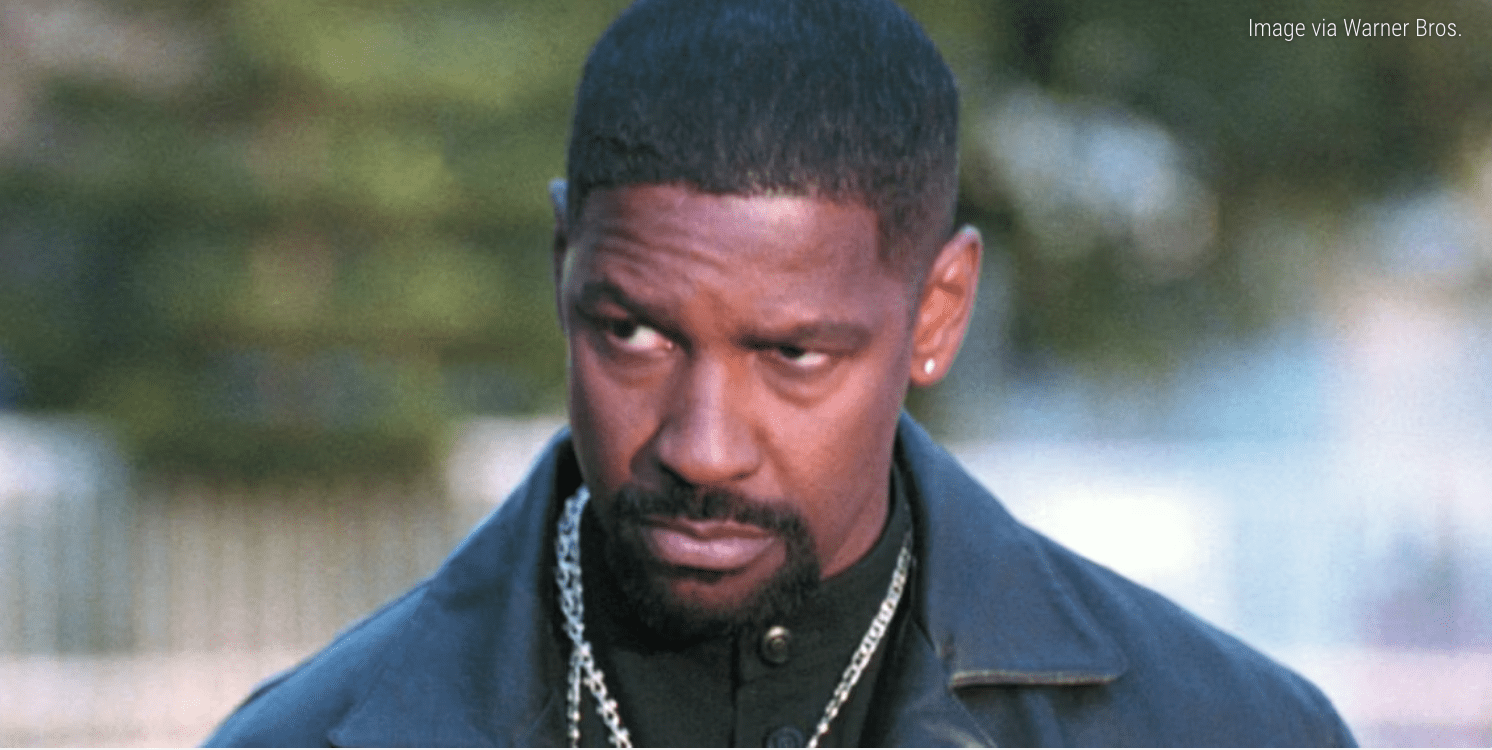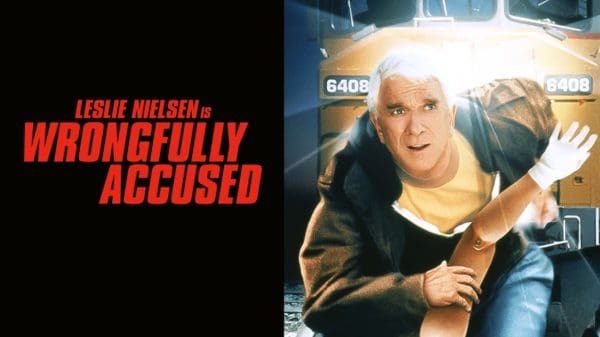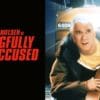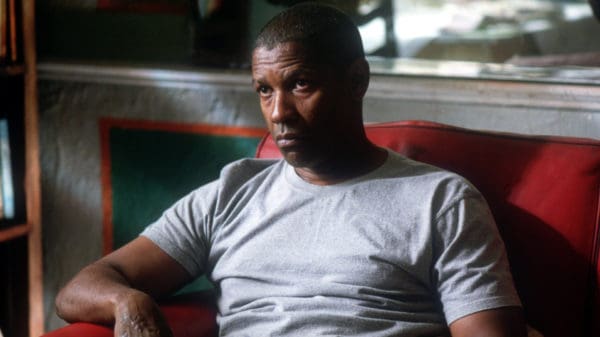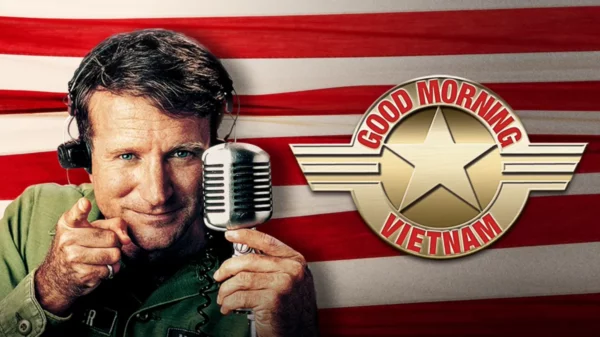Die Another Day, released in theaters on Nov. 22, 2002, marks the 20th official film in the James Bond series and the fourth and final outing for Pierce Brosnan as Agent 007. Directed by Lee Tamahori, the movie is a spectacular, high-tech global adventure that starts with a shocking failure and launches into an elaborate plot involving North Korea, diamonds, and a menacing orbital weapon.
The film opens with Bond on an unauthorized mission in North Korea that goes disastrously wrong, resulting in his capture and imprisonment.
After a brutal fourteen months of captivity, Bond is unexpectedly exchanged, only to be branded a rogue agent by his own intelligence service, M (Judi Dench).
Determined to clear his name and uncover the identity of the person who betrayed him, Bond embarks on a rogue mission that takes him from Hong Kong to Cuba, and eventually to the icy landscapes of Iceland.
Along the way, Bond encounters two key figures: the glamorous and dangerous NSA agent Jinx Johnson (Halle Berry), who is pursuing her own agenda related to the same international conspiracy, and undercover MI6 agent Miranda Frost (Rosamund Pike), and diamond-rich villain Gustav Graves (Toby Stephens).
Graves, a billionaire with a flamboyant public persona, is revealed to be deeply connected to the North Korean conflict that led to Bond’s capture.
Bond must rely on the help of his trusted Q-Branch colleagues, including John Cleese (taking over the Q mantle from Desmond Llewellyn), and navigate threats from figures like Michael Madsen, who plays a high-level NSA operative Damian Falco.
Madonna also appears as Verity, Graves’s and Frost’s fencing instructor.

Halle Berry and Pierce Brosnan in Die Another Day (Photo/MGM-UA)
Reception for Die Another Day
Die Another Day grossed $47.1 million on its opening weekend, finishing No. 1 at the box office.
The film would gross $432 million worldwide.
Roger Ebert gave Die Another Day three out of four stars in his review.
Legacy
Die Another Day‘s legacy is defined by its sheer scale and technological maximalism, including the infamous “invisible car” and the massive, destructive orbital mirror known as Icarus.
While often polarizing due to its reliance on spectacle over subtlety, the film is celebrated for its dynamic action sequences, its beautiful global locations, and the electric pairing of Brosnan and Berry.
It serves as a fittingly explosive culmination of the Brosnan era of James Bond.

